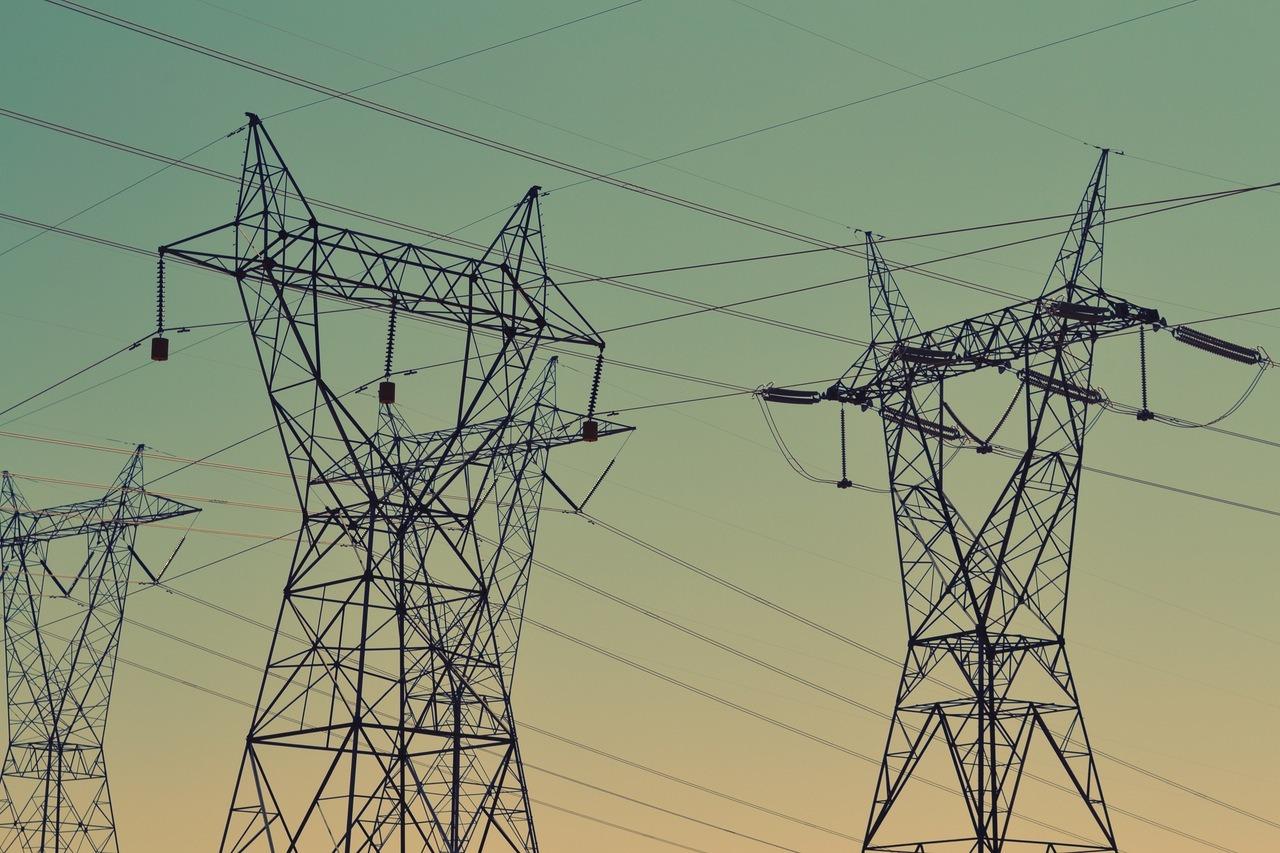
By W. Scott Tew
Solving tough problems requires the left side of the brain and the right side of the brain working together. The right side brings imagination and holistic thinking, and the left side brings the practical and logical solutions. The approach to figuring out how to incorporate energy efficiency across all business functions is no different – it requires a plan incorporating both logical and creative strategies. With commercial buildings responsible for 16 percent of our nation’s greenhouse gas emissions, business leaders are looking for ways to improve their overall energy efficiency and to reduce both their carbon footprint and total energy costs.
As we work toward meeting aggressive greenhouse gas emissions targets, a key piece of any effective energy efficiency strategy, we need to move beyond operational-level strategies for reducing energy use, such as installing efficient lighting or purchasing renewable energy offsets. While these operational strategies certainly have their place, we can unlock unexpected opportunities for embedding energy efficiency across a business by using both sides of the brain and applying a little creative thinking. Specifically, integrating energy efficiency and sustainability into product design, connected solutions and employees can help businesses reap significant energy gains.
1. Recreating product design processes
As energy efficiency and sustainability become engrained across all business functions, there’s a substantial opportunity within product design for improvement. Traditional product design approaches focus on satisfying the end-user. However, this approach needs to be altered by incorporating “cradle-to-cradle” thinking, or thinking through the life of a product, from the origin of materials through the customer experience. One strategy to consider in product design processes is life cycle assessments (LCAs). LCAs can help identify hot spots, or areas of high environmental impact, which can then be addressed directly by the product design teams. Beyond LCAs, end-of-use plans and risk assessments can also help provide specific insight to the product design team on how to ensure they are in compliance with new sustainability and energy efficiency standards that may affect the product.
As businesses mature in their sustainability thinking, we need to revise common business practices andcreate new processes. Depending on what tools and assessments work best for your product design team, it’s important to standardize a process that is integrated into the design system so that it becomes the “de facto” practice for that business function. By creating a standard process, you are ensuring sustainability and energy are constantly top of mind, which is how you will fundamentally change the products of the future.
2. Tapping data through connected solutions
Connected solutions are also helping businesses create new processes, as the proliferation of information technology and smart, connected products enables the constant collection of data. Analytics powered by data from connected sensors across a building can help inform decisions regarding energy usage. These sensors measure the “energy landscape” of a building - everything from weather data to availability of energy sources. These connected solutions can help optimize the entire grid, which can lead to significant energy savings.
For example, we are working with movie theaters to cost-effectively manage temperatures and reduce energy use. The key to this is installing building management systems which leverage connected solutions to process a variety of data points that provide insight on how to provide the most comfortable indoor viewing environment. For example, this management system incorporates data from ticket sales, so it can predict how many bodies will heat up the theater and can prepare the theater accordingly prior to the show. This type of “predictive cooling” helps theaters eliminate the expensive situation of over-correcting a room that is too warm, as trying to cool down a hot room is significantly less efficient and more costly than getting the temperature right from the beginning.
3. Motivating employees to be engaged
Although connected solutions and improved product design processes will yield energy efficiency improvements, it’s truly the employees who will make it happen. The key to employee engagement is helping employees understand that their individual actions are very relevant and that they are a valuable part of helping businesses meet their energy efficiency commitments.
Tracking employee activity and measuring progress is also critical to success. Ongoing measurement of employee action against business goals will help show value and progress. One way organizations can do this is by instituting a system where employees can self-report progress in terms of personal actions. Businesses can then track and monitor improvements in energy efficiency, waste reduction and other facets of employee engagement. This can be challenging for large enterprises as personal actions often vary from site to site, however, if the business can create a two-way conversation between what’s happening locally and then aggregate it at an enterprise level, it will be able to show the full context regarding how local contributions are supporting energy efficiency goals.
Finding the largest energy gains
By combining traditional operational strategies with creative approaches to improving energy efficiency, companies will find the quickest path to the largest gains. The combination of product design, connectivity and employee engagement can invigorate teams and work to embed the energy efficiency conversation across multiple business functions and locations. With these in place, businesses can not only gain clarity on how to reach greenhouse gas emissions targets, but create standard processes to improve energy efficiency and ultimately make a difference.
Image credit: Pexels
W. Scott Tew is Executive Director of the Center for Energy Efficiency & Sustainability at Ingersoll Rand.
TriplePundit has published articles from over 1000 contributors. If you'd like to be a guest author, please get in touch!














